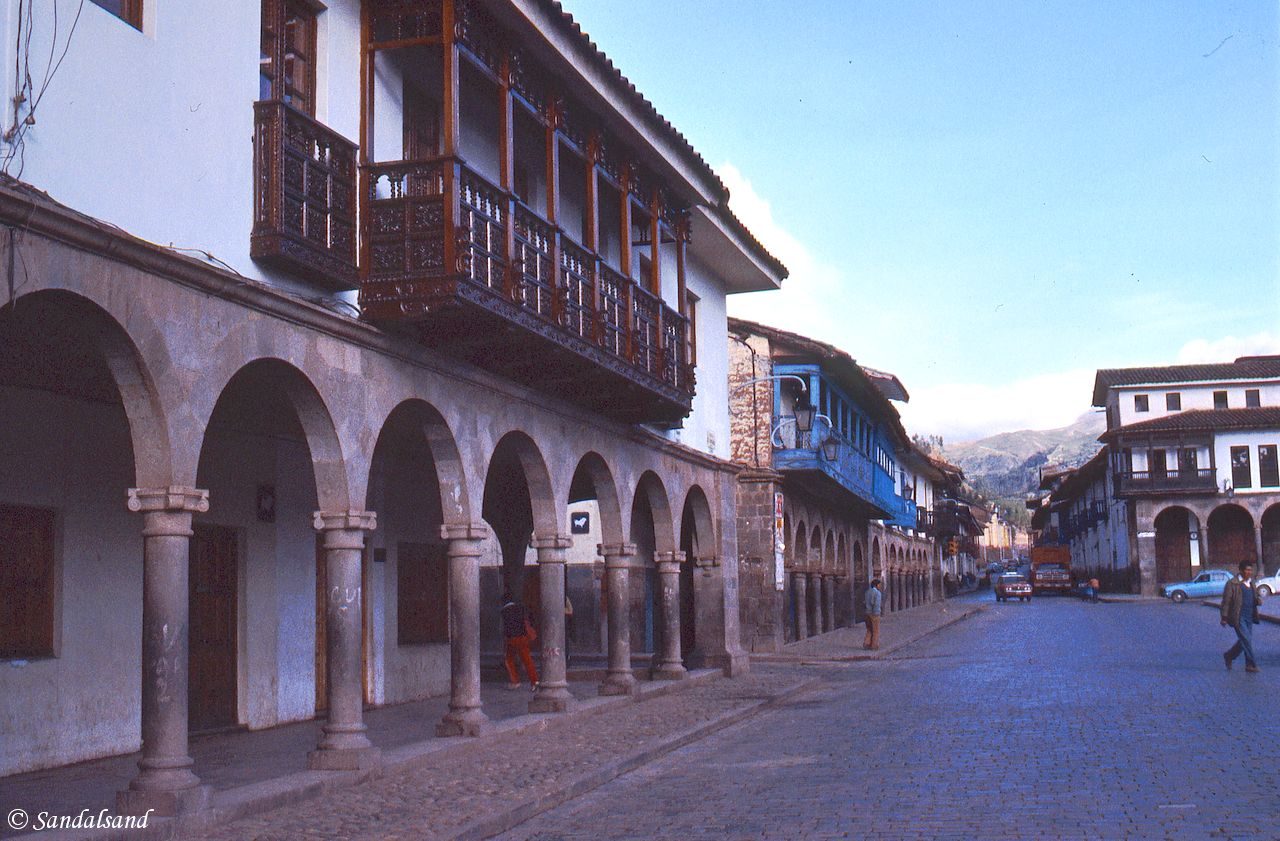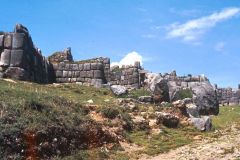The city of Cuzco has a secret mix of Inca remains, Spanish colonial buildings, and the lives of its present-day indigenous population.
The UNESCO World Heritage List includes more than a thousand properties with outstanding universal value. They are all part of the world’s cultural and natural heritage.
Official facts
- Country: Peru
- Date of Inscription: 1983
- Category: Cultural site
UNESCO’s World Heritage Centre’s short description of site no. 273:
“Situated in the Peruvian Andes, Cuzco developed, under the Inca ruler Pachacutec, into a complex urban centre with distinct religious and administrative functions. It was surrounded by clearly delineated areas for agricultural, artisan and industrial production. When the Spaniards conquered it in the 16th century, they preserved the basic structure but built Baroque churches and palaces over the ruins of the Inca city.”
My visit
I visited Cuzco on my 1987 South American journey. This is some of what I wrote in a letter home to my family:
“In the end we arrived in Cuzco. It is a nice city with many tourists, hotels, souvenir shops and restaurants. There are many remains of Inca walls scattered around town – the rocks are incredibly well cut. There are many exciting things to buy as well, and we have done so. Tomorrow, Sunday, we will go on an excursion to several markets and villages in the area. ”
The Heritage Site is strictly speaking Cuzco, but I do reckon the entire area as an integral part of the Inca legacy. I will therefore include my continuation of that letter two days later:
“You should have joined us yesterday. It was a fantastically exciting day. We took a minibus tour the entire day to the mountains, the plateaus and the little towns of the Cuzco region. Brilliant and mighty nature; poor but immensely colourful and photogenic Indians; small and medium sized houses of red clay; and market squares with lovely crafts and groceries in abundance.
We also visited some ancient Inca ruins, some of which were well preserved (partially restored) and carrying a sense of their glorious past. Time and again I’m struck by how perfectly cut the stones are, and how tight and firm the walls are. As far as I know, it is still a question how the craftsmen of the Inca king were able to do that without the aid of our contemporary electric cutting machines.
The use of land here in this country reminds me of some places in the Orient. As there are so many steep hillsides they have built terraces to plant on. And the hillsides where they go about digging the soil, by hand, are at times very steep. ”
Browse to the PREVIOUS or NEXT post in this series.





